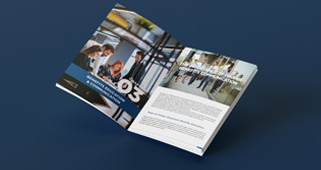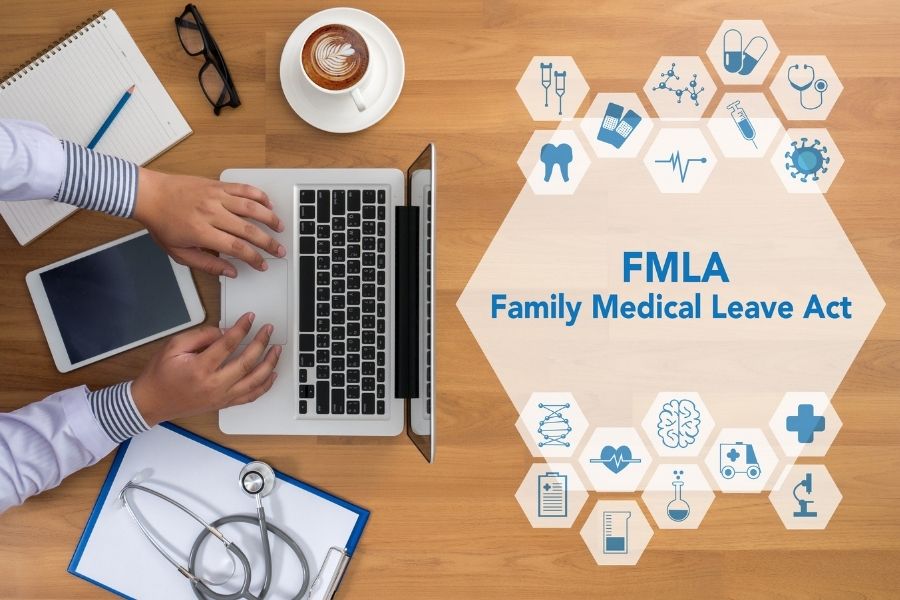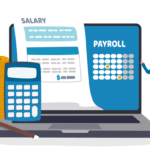Navigating FMLA Rules in 2024: A Comprehensive Guide for Employers
The Family and Medical Leave Act (FMLA) has long been a cornerstone of workplace legislation, providing eligible employees with job-protected leave for qualifying medical and family reasons. As workplaces continue to evolve and adapt to changing circumstances, it’s crucial for employers to stay informed about FMLA rules and regulations to ensure compliance and support their employees’ needs. In this comprehensive guide, we’ll delve into the FMLA rules for the year 2024, including eligibility requirements, covered reasons for leave, employer obligations, recent updates, and best practices for implementation.
Understanding FMLA Basics
The FMLA, enacted in 1993, grants eligible employees the right to take up to 12 weeks of unpaid, job-protected leave in a 12-month period for qualifying reasons, such as:
- Serious Health Condition: For the employee’s own serious health condition that makes them unable to perform their job functions.
- Family Care: To care for a spouse, child, or parent with a serious health condition.
- Birth or Adoption: For the birth, adoption, or foster care placement of a child.
- Military Family Leave: For certain qualifying exigencies related to a covered military member’s active duty or call to active duty status, or to care for a covered service member with a serious injury or illness.
FMLA Rules for 2024
1. Eligibility Requirements
To be eligible for FMLA leave, employees must meet the following criteria:
- Work for a covered employer (private sector employers with 50 or more employees, public agencies, and public or private elementary and secondary schools).
- Have worked for the employer for at least 12 months (not necessarily consecutive) and have worked at least 1,250 hours during the 12-month period immediately preceding the leave.
- Work at a location where the employer has at least 50 employees within a 75-mile radius.
2. Covered Reasons for Leave
FMLA leave may be taken for the following qualifying reasons:
- Birth, adoption, or foster care placement of a child.
- To care for a family member with a serious health condition.
- For the employee’s own serious health condition that makes them unable to perform their job duties.
- Certain qualifying exigencies related to a covered military member’s active duty or call to active duty status.
- To care for a covered service member with a serious injury or illness.
3. Duration and Scheduling of Leave
Employees are entitled to up to 12 weeks of FMLA leave in a 12-month period. The 12-month period can be calculated in various ways, including the calendar year, any fixed 12-month period, or a rolling 12-month period measured backward from the date an employee uses FMLA leave.
Employers must allow eligible employees to take FMLA leave intermittently or on a reduced leave schedule when medically necessary for qualifying reasons. However, employers may require employees to follow certain notice and procedural requirements for intermittent leave.
4. Employer Obligations
Employers covered by the FMLA have several obligations, including:
- Providing eligible employees with FMLA leave and maintaining their group health benefits during the leave.
- Restoring employees to their original job or an equivalent position upon return from FMLA leave.
- Posting a notice of FMLA rights and responsibilities in a conspicuous place where it can be seen by employees.
- Providing employees with a written notice of their eligibility for FMLA leave and their rights and responsibilities under the FMLA when they request FMLA leave.
- Maintaining records related to FMLA leave for at least three years.
5. Recent Updates and Developments
While the basic framework of the FMLA remains unchanged, there have been some recent updates and developments worth noting:
- Expansion of Coverage: Some states and local jurisdictions have expanded FMLA coverage beyond the federal requirements, providing additional protections and benefits for employees.
- Paid Family Leave Programs: Several states have implemented paid family leave programs that provide wage replacement benefits to employees taking FMLA leave for qualifying reasons. Employers should familiarize themselves with state-specific requirements and ensure compliance with both federal and state laws.
6. Best Practices for Implementation
To ensure compliance with FMLA rules and regulations and promote a positive employee experience, employers can follow these best practices:
- Educate Managers and Supervisors: Train managers and supervisors on FMLA requirements, including employee eligibility, leave entitlements, and the process for requesting and approving FMLA leave.
- Establish Clear Policies and Procedures: Develop clear and comprehensive FMLA policies and procedures that outline employee rights and responsibilities, eligibility criteria, leave entitlements, and the process for requesting FMLA leave.
- Communicate Effectively: Communicate FMLA policies and procedures to employees through employee handbooks, training sessions, and other internal communication channels. Provide employees with information about their FMLA rights and responsibilities and how to request FMLA leave.
- Document FMLA Leave: Maintain accurate and detailed records of FMLA leave, including dates of leave taken, reasons for leave, and any communications or interactions related to FMLA requests. Documenting FMLA leave helps ensure compliance and provides a record of employee entitlements and usage.
As workplaces continue to adapt to changing circumstances and employee needs, understanding FMLA rules and regulations is essential for employers to ensure compliance and support their employees’ well-being. By familiarizing themselves with FMLA requirements, implementing best practices for FMLA administration, and staying informed about recent updates and developments, employers can create a workplace environment that promotes fairness, transparency, and employee satisfaction.
For businesses seeking support in navigating FMLA rules and compliance, platforms like Benely.com offer comprehensive services and resources to streamline FMLA administration and ensure compliance with federal and state regulations. With their expertise in benefits administration and HR solutions, Benely can help organizations effectively manage FMLA leave and promote a positive employee experience.






